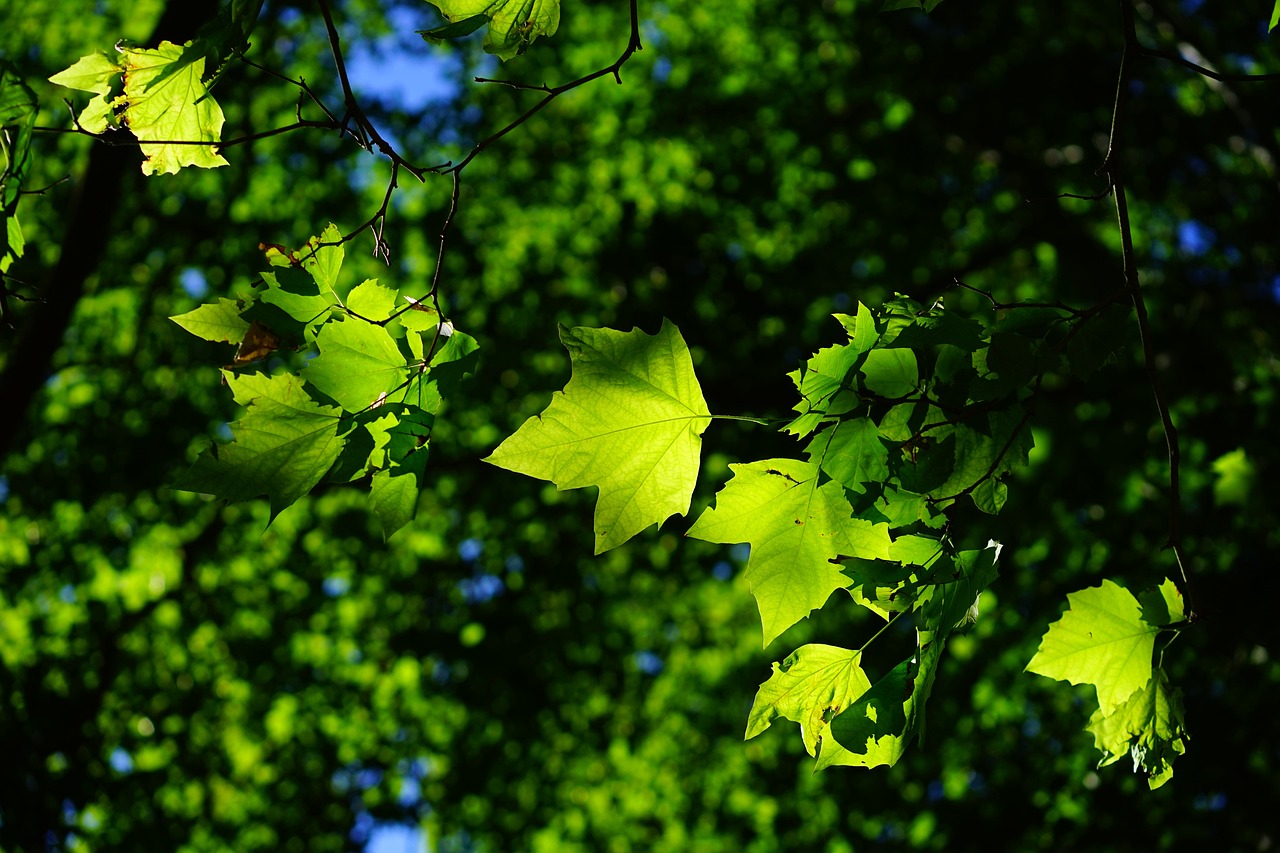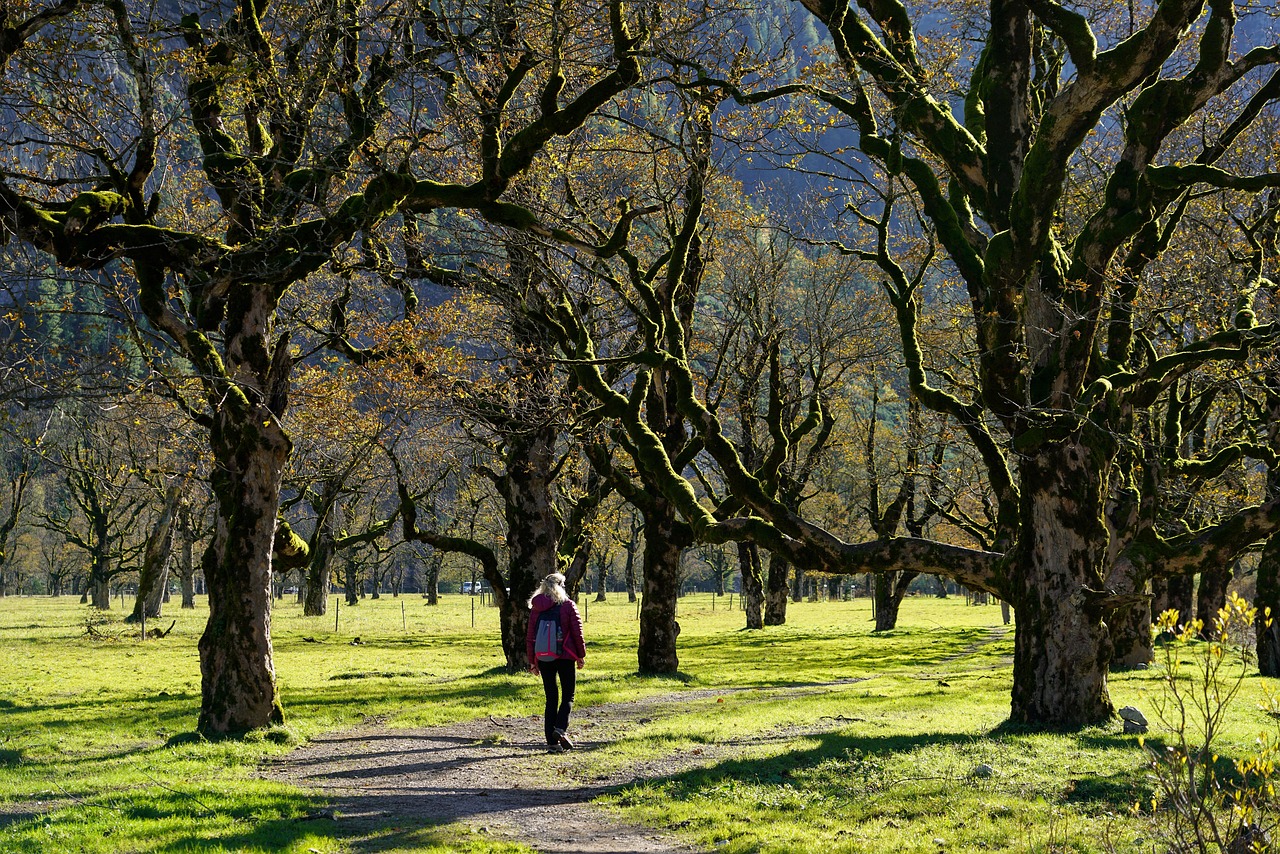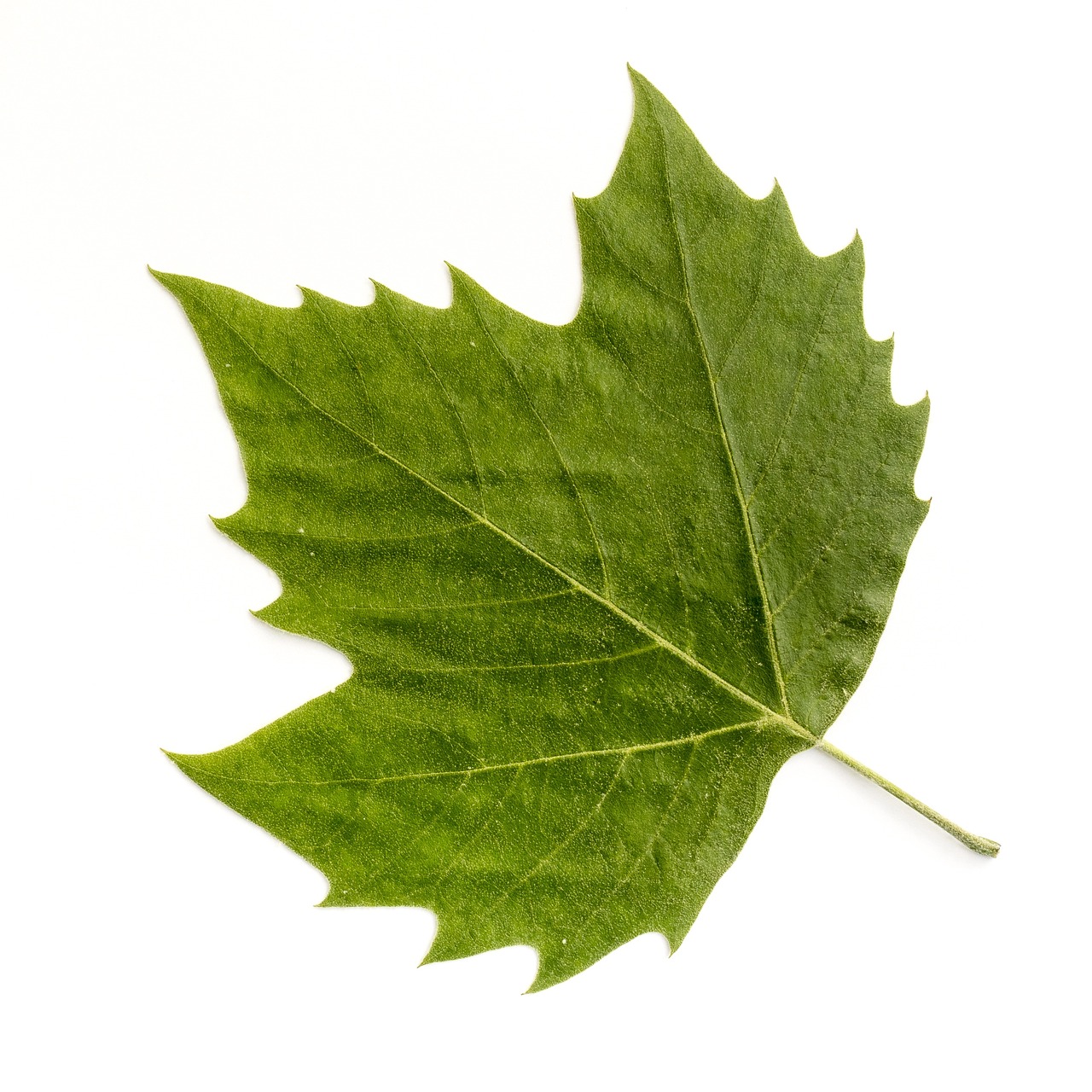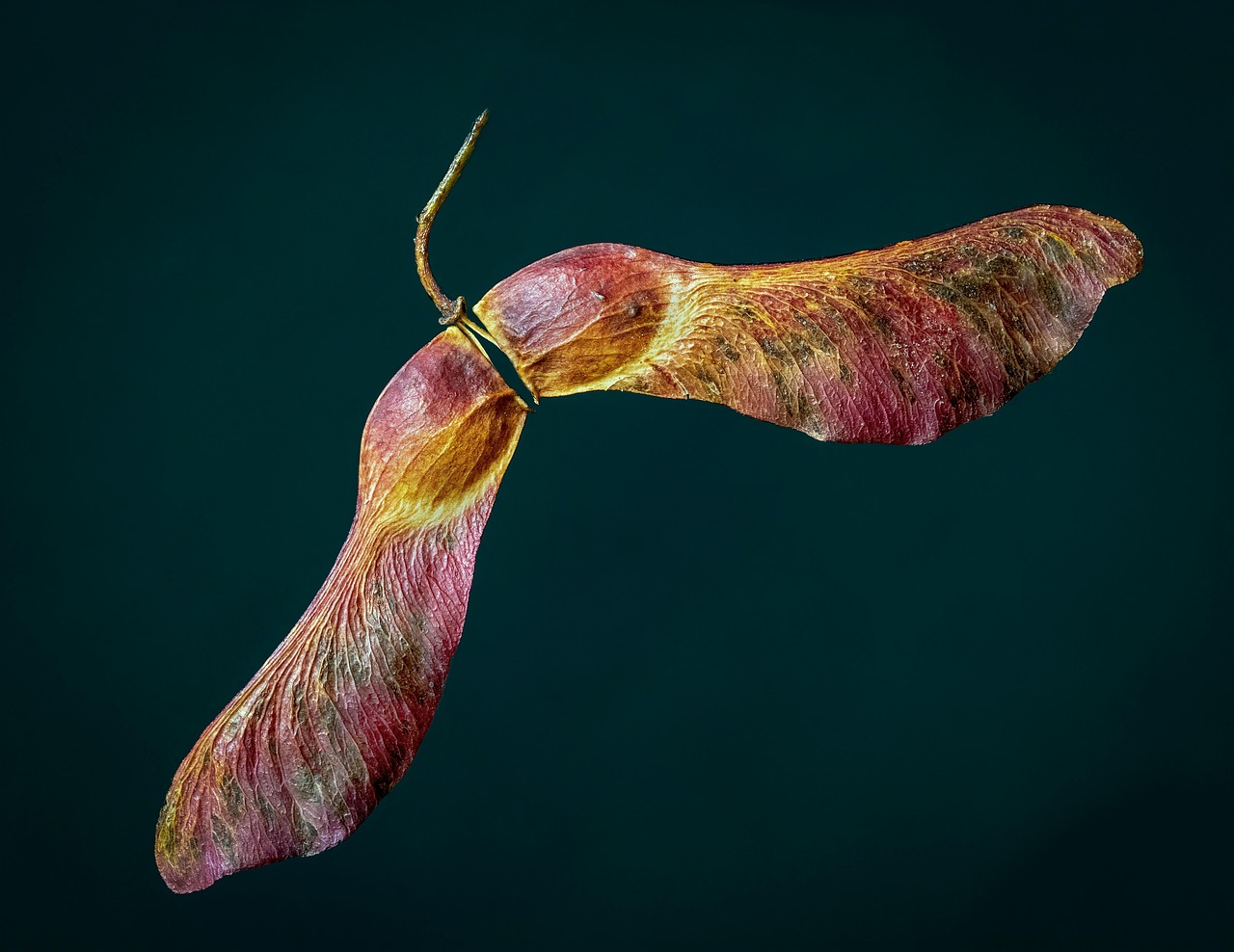Sycamore trees shed their bark as a natural process of growth and renewal. This shedding allows for the removal of old, damaged, or diseased bark, promoting the overall health of the tree. The new bark that replaces it is often smoother and provides better protection against environmental stressors.
Understanding why sycamore trees shed their bark requires a closer look at the biology of these magnificent trees. Sycamores, known scientifically as Platanus occidentalis, are iconic for their large size and distinctive mottled bark. They thrive in a variety of environments and are often found near rivers and streams. The shedding of bark is more than just a simple aesthetic change; it plays a critical role in the tree’s lifecycle.
As sycamore trees grow, their trunks expand. The outer layer of bark, which is primarily made up of dead tissues, does not grow at the same pace as the trunk. Eventually, this leads to the old bark becoming loose and peeling away. This natural process is essential for several reasons:
- Protection: Shedding old bark helps protect the tree from pests and diseases that may settle in damaged or decaying areas.
- Growth: The new bark that emerges is usually more resilient and aids the tree in its growth, allowing it to adapt to its surroundings.
- Aesthetics: The change in bark not only affects the health of the tree but also contributes to its visual appeal, showcasing a unique texture.
The Anatomy of Bark Shedding

The process of bark shedding is linked to the structure of the bark itself. The bark consists of two main layers: the outer bark (or periderm) and the inner bark (or phloem). The outer bark protects the tree while the inner bark is responsible for transporting nutrients. As new cells develop in the cambium layer (located just beneath the bark), they push the old outer bark outward, causing it to crack and eventually fall off.
This physiological process is not exclusive to sycamores. Many tree species undergo similar shedding to accommodate their growth. However, sycamore trees are particularly notable for their striking appearance during this transition. The mottled pattern formed by various shades of brown, gray, and green creates an attractive visual dynamic throughout different seasons.
Environmental Factors Influencing Bark Shedding
Several environmental factors can influence how and when sycamore trees shed their bark. These include:
- Climate: Temperature fluctuations can affect the timing of bark shedding. Warmer temperatures may accelerate growth, leading to earlier shedding.
- Moisture: Adequate water supply is crucial for healthy growth. A drought or excessive moisture can impact the overall health and shedding process.
- Soil Quality: Nutrient-rich soil supports stronger growth, which may result in more vigorous shedding patterns.
In summary, the shedding of bark in sycamore trees is a fascinating aspect of their life cycle, driven by both biological and environmental factors. This dynamic process not only enhances their health but also contributes to their visual beauty. Understanding these mechanisms can help us appreciate these magnificent trees even more.
Understanding the Benefits of Bark Shedding
Bark shedding in sycamore trees offers numerous benefits that extend beyond mere aesthetics. This natural process is integral to the tree’s health and resilience. By examining the advantages of bark shedding, we can gain a deeper appreciation for the role it plays in the overall life cycle of these trees.
Health Maintenance
One of the primary benefits of bark shedding is health maintenance. As the outer bark ages, it can become home to various pests and pathogens. The shedding process serves to:
- Eliminate Pests: Old bark can harbor insects that may damage the tree. By shedding this outer layer, sycamores reduce the risk of infestation.
- Prevent Diseases: Fungi and bacteria can thrive in damaged or decaying bark. Shedding helps rid the tree of these potential threats, promoting overall vitality.
- Promote Healing: When the old bark is removed, the tree can focus its energy on healing and reinforcing new bark, which is often more robust and less susceptible to damage.
Adaptation to Environmental Changes
Sycamore trees are highly adaptable organisms. Bark shedding allows them to respond effectively to changing environmental conditions. This adaptability manifests in several ways:
- Temperature Regulation: The new bark provides better insulation against temperature extremes, helping the tree maintain an optimal internal environment.
- Water Conservation: Fresh bark can help reduce moisture loss, especially during dry spells, making it easier for the tree to conserve water.
- Light Absorption: A fresh, clean surface helps improve photosynthesis by allowing more light to penetrate through to the underlying tissues.
Bark Shedding and Tree Growth
The relationship between bark shedding and tree growth is significant. As sycamore trees grow, they often experience increased demands for space and resources. Bark shedding facilitates this growth in several important ways:
Creating Space for New Growth
As a sycamore tree matures, its trunk expands in diameter. The process of shedding bark makes room for this expansion. Without this shedding, the tree would struggle to grow effectively. The release of old bark allows for:
- Increased Trunk Diameter: As the trunk grows wider, the old bark must be shed to accommodate this growth.
- Branch Development: Shedding bark enables branches to grow more freely and healthily, enhancing the tree’s overall structure.
Improved Nutrient Transport
The inner bark, or phloem, plays a vital role in transporting nutrients from the leaves to other parts of the tree. By shedding the outer layer, sycamores can ensure that the phloem remains efficient and unobstructed:
- Enhanced Nutrient Flow: A fresh phloem layer allows for more effective transport of essential nutrients throughout the tree.
- Optimal Photosynthesis: New bark supports improved leaf health, which in turn boosts photosynthetic efficiency and nutrient production.
The Seasonal Nature of Bark Shedding
Bark shedding in sycamore trees often occurs in a seasonal pattern. Understanding these seasonal changes can provide insights into what to expect throughout the year. The timing can depend on several factors, including climate and local environmental conditions.
The most common periods for bark shedding typically include:
- Spring: As temperatures rise and new growth begins, sycamores may start shedding their bark to accommodate expanding trunks.
- Summer: Continued growth often sees further shedding as trees strive to maximize their health during prime growing conditions.
- Autumn: In preparation for winter, trees may shed their bark as they enter a phase of dormancy.
This seasonal aspect of bark shedding reflects the adaptability of sycamore trees to their environments. By synchronizing their growth and shedding cycles with seasonal changes, these trees can optimize their health and resilience throughout the year.

Common Myths About Bark Shedding

As with many natural processes, bark shedding in sycamore trees has led to the development of various myths and misconceptions. Understanding the truth behind these myths can help clarify the importance of this process and alleviate any concerns about the health of these trees.
Myth 1: Bark Shedding is a Sign of Disease
One prevalent myth is that bark shedding indicates a tree is diseased or unhealthy. In reality, shedding is a natural and essential process for the growth and maintenance of sycamore trees. While it is true that unhealthy trees may shed bark due to external stressors, healthy sycamores regularly shed their bark as part of their normal life cycle.
Myth 2: Shedding Bark Decreases Tree Lifespan
Another common belief is that frequent bark shedding shortens a tree’s lifespan. This notion stems from a misunderstanding of how trees grow. Shedding bark actually promotes longevity by allowing for better nutrient transport and health maintenance. A tree that regularly sheds its bark is more likely to thrive than one that does not.
Myth 3: All Trees Shed Bark Similarly
Some people may think that all trees shed their bark in the same manner. However, each species has its unique way of shedding. For sycamores, shedding occurs in large patches, creating a striking visual effect. Other species may have different shedding patterns, such as thin flakes or peels. Understanding these differences highlights the diversity of tree biology.
The Ecological Impact of Bark Shedding
Bark shedding in sycamore trees also has significant ecological implications. This process affects not only the tree itself but also the surrounding ecosystem. By examining these impacts, we can appreciate the broader role sycamores play in their environment.
Habitat Creation
The shedding of bark provides essential habitat for various organisms. The cracks and crevices created during shedding can serve as homes for:
- Insects: Many insects find shelter within the loose bark, contributing to the local ecosystem.
- Bacteria and Fungi: These microorganisms are vital for decomposing organic material and enriching the soil.
- Birds: Certain bird species may use the bark as nesting material or forage for insects hidden beneath it.
Soil Enrichment
As old bark falls to the ground, it contributes organic matter to the soil. This process supports soil health by:
- Improving Soil Structure: Decomposing bark enhances soil aeration and water retention.
- Nutrient Cycling: As bark breaks down, it releases essential nutrients back into the soil, promoting plant growth.
- Encouraging Biodiversity: Healthier soils support a wider range of plant and animal species.
Caring for Sycamore Trees During Bark Shedding

Understanding the natural process of bark shedding can help tree owners provide better care for their sycamores. While shedding is a normal occurrence, there are steps that can be taken to ensure trees remain healthy during this time.
Regular Monitoring
Regularly inspecting your sycamore tree can help identify any potential issues early on. Look for signs of:
- Pest Infestation: Check for unusual insect activity on the bark or surrounding area.
- Disease Symptoms: Watch for discoloration or unusual growth patterns that may indicate disease.
Providing Adequate Care
Ensuring your sycamore tree receives proper care can enhance its resilience during the shedding process. Consider the following:
- Watering: Make sure your tree receives adequate moisture, especially during dry spells.
- Nutrient Supply: Fertilizing with appropriate nutrients can support healthy growth and improve bark quality.
- Pruning: Remove any dead or damaged branches to encourage healthy growth and reduce stress on the tree.
By understanding the natural processes involved in bark shedding, tree owners can make informed decisions to support the health and longevity of their sycamore trees.
Understanding the Importance of Sycamore Trees
Sycamore trees are significant not only for their beauty but also for their ecological contributions. These trees provide shade, improve air quality, and support a variety of wildlife. Their bark shedding process plays a vital role in maintaining their health, allowing them to thrive in diverse environments.
In addition to the benefits previously discussed, sycamore trees are known for their ability to adapt to urban settings. They can withstand pollution and compacted soil, making them ideal for city landscapes. Their robust nature serves as a testament to their resilience, further emphasizing the importance of understanding their growth processes, including bark shedding.
Community and Cultural Significance
Beyond their environmental impact, sycamore trees hold cultural significance in many communities. They are often seen as symbols of strength and endurance due to their long lifespan and adaptability. In various regions, these trees are featured in local folklore and traditions, further cementing their status as valuable community resources.
Additionally, sycamores serve as gathering places for people, providing shaded areas for picnics, social interactions, and recreational activities. Their presence enhances the aesthetic appeal of parks and public spaces, encouraging community engagement with nature.
Research and Conservation Efforts
Ongoing research is essential to understand better the biology and ecology of sycamore trees. Scientists are investigating how factors such as climate change and urbanization affect their growth patterns and health. This research aims to develop strategies that can help protect these trees in the face of environmental challenges.
Conservation efforts are vital to ensure that sycamore populations remain healthy. Initiatives may include planting new trees in areas where they have been lost and educating the public about the importance of preserving these majestic organisms. Community involvement plays a crucial role in conservation, as awareness and action can lead to more sustainable practices.
Final Thoughts
The shedding of bark in sycamore trees is a fascinating natural process that serves multiple purposes. It promotes health, supports growth, and enhances adaptability to changing environmental conditions. Understanding this phenomenon allows tree owners and enthusiasts to appreciate the complexity of these trees while recognizing their importance in both ecosystems and communities.
As we observe the seasonal changes in sycamore trees, we are reminded of the intricate balance of nature. By caring for these trees and understanding their needs, we can ensure they continue to thrive for generations to come. Whether through regular maintenance or supporting conservation efforts, our actions can significantly impact the health and longevity of sycamore trees.
In conclusion, sycamore trees are remarkable organisms deserving of our respect and care. Their unique bark shedding process is just one aspect of their intricate life cycle that contributes to their resilience and beauty. By fostering a deeper understanding of these trees, we can cultivate an appreciation for the natural world around us and take meaningful steps toward preserving it.
